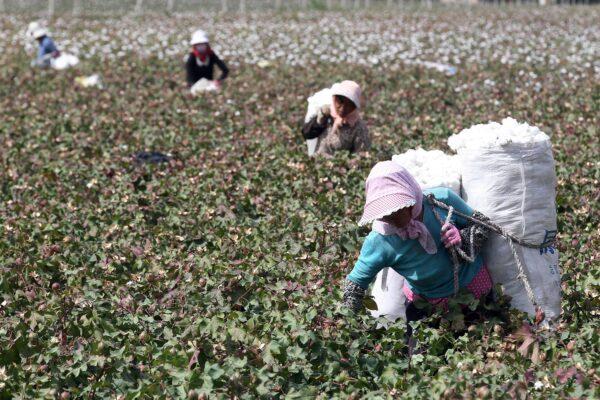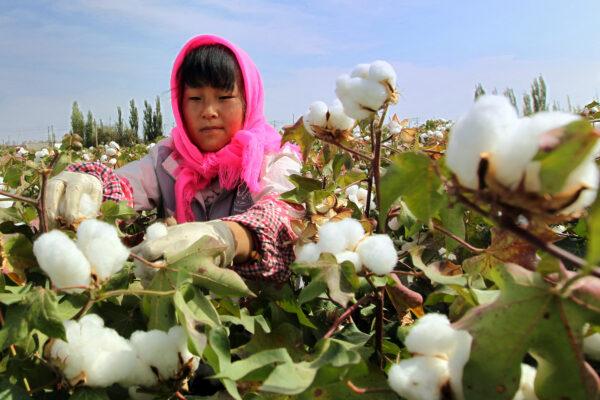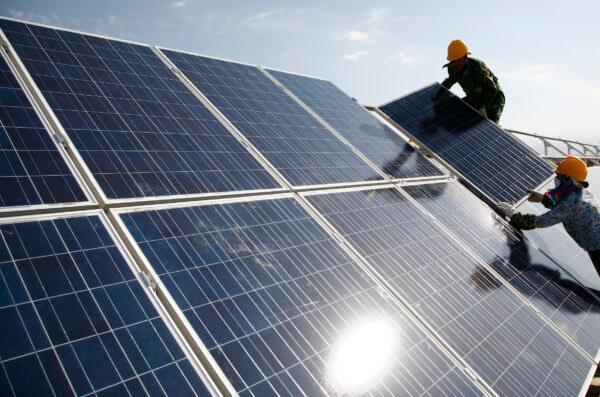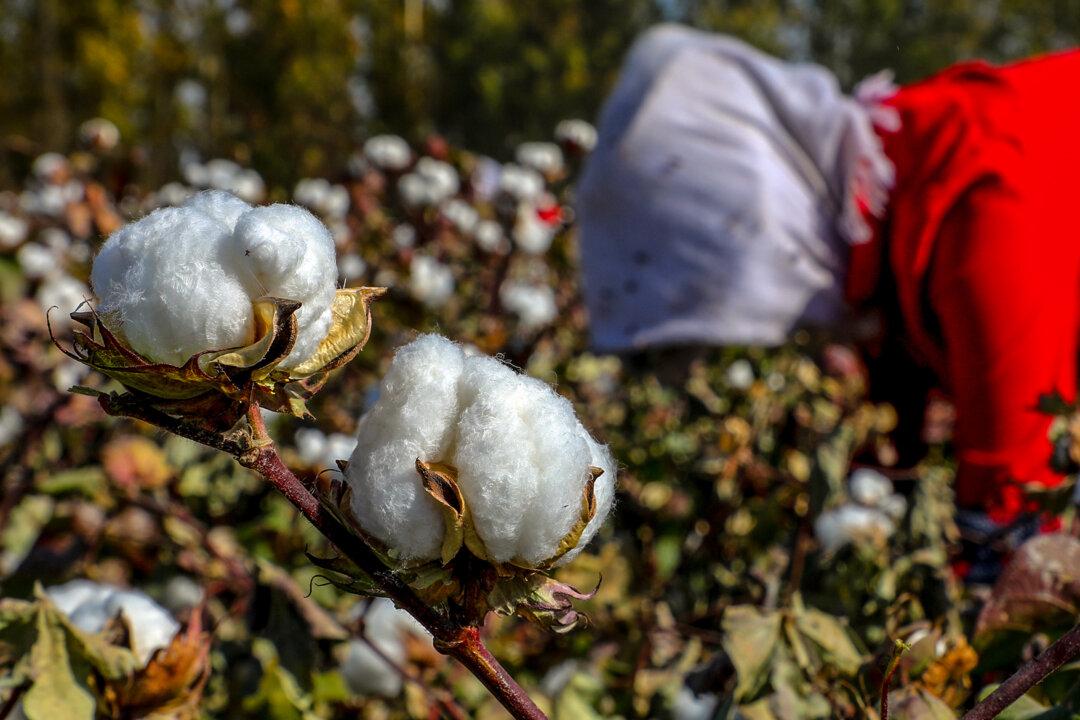The U.S. Uyghur Forced Labor Prevention Act (UFLPA) came into effect on June 21. This potentially far-reaching legislation prohibits imports that are made by forced labor in Xinjiang, China, which includes cotton products.
About 90 percent of China’s cotton is produced in Xinjiang, and the region has almost no capacity to provide evidence that forced labor is not used. The situation may cause China’s textile and garment factories to avoid using Xinjiang-produced raw materials if they want to export their products, unless the Chinese regime stops slavery in Xinjiang.
UFLPA
The State Department implemented the UFLPA on June 21.Although Beijing denies any violation of human rights, the State Department stated on Tuesday: “We are rallying our allies and partners to make global supply chains free from the use of forced labor, to speak out against atrocities in Xinjiang, and to join us in calling on the government of the PRC to immediately end atrocities and human rights abuses, including forced labor.”

Xinjiang Cotton
The UFLPA impacts the production of Xinjiang cotton, which impacts China’s textile businesses that use cotton as one of its raw materials. As the Chinese regime proudly claimed, China is the world’s largest textile exporter.Xinjiang is divided into north and south by the Tianshan mountains. In northern Xinjiang, over half of the residents are of Han ethnicity. The farmers plant short staple cotton, which enables them to use machines to plant and harvest the crop.
In southern Xinjiang, the majority of people are Uyghurs. The cotton planted there is the long staple species, which is the best quality cotton in China. However, cotton harvesting relies on hand-picking.
Labor costs in Xinjiang are relatively low. The cotton is picked by hand in south Xinjiang and partially in north Xinjiang, which might involve the use of forced labor. In recent years, more and more cotton farmers in north Xinjiang started using machines to harvest the crop. According to the Chinese regime, 69.83 percent of cotton was picked by machines in 2020.
According to the UFLPA, the exporter, who wants to sell the textile or apparel products to the United States, must present conclusive evidence that no forced labor was involved in the products. Since most of the textile and apparel are made from cotton, the exporter needs such evidence if the cotton is from Xinjiang.
However, textile industry insiders said that there’s no independent auditing service in Xinjiang, which means the exporters who use Xinjiang cotton can’t verify that their products are free from the use of forced labor.

China’s Cotton Industry
As the world’s largest textile manufacturer, consumer, and exporter, China produced 54.3 million metric tons of fiber in 2017, over 20 million tons of which were exported to other countries, the China Cotton Association (CCA) reported on Dec. 21, 2018.Based on a CCA report, 36.8 percent of China’s fibers are exported, and the United States is China’s biggest importer.
UFLPA Impact
“The UFLPA is great for Chinese people and the global supply chain,” Wang He, U.S.-based China affairs commentator, told The Epoch Times on June 22.Wang believes that not all Chinese textile companies could immediately purchase qualified cotton to produce the products for export, but have to catch up because more and more countries and regions will follow the United States and ban forced labor products.
“Being unable to use Xinjiang cotton for the textile and garment exporting industry is a disaster for the Beijing regime,” Wang commented. “The Chinese economy is damaged badly by the regime’s COVID-19 zero tolerance policy because cities are locked down one after another and people aren’t allowed to work. The regime relies on the textile industry because China’s textile and apparel exports earn almost $300 billion every year, and contribute over 50 percent of China’s trade surplus.”
Wang said the importers might face difficulties in finding alternatives to China-made textiles in the global market for a while. But in the long term, the world will enjoy the benefit.
“In fact, the UFLPA forces the international brands, such as H&M and Nike, to search for their original equipment manufacturers (OEM) in other countries. This can diversify the global supply chain and prosper the economy of other developing countries.”






